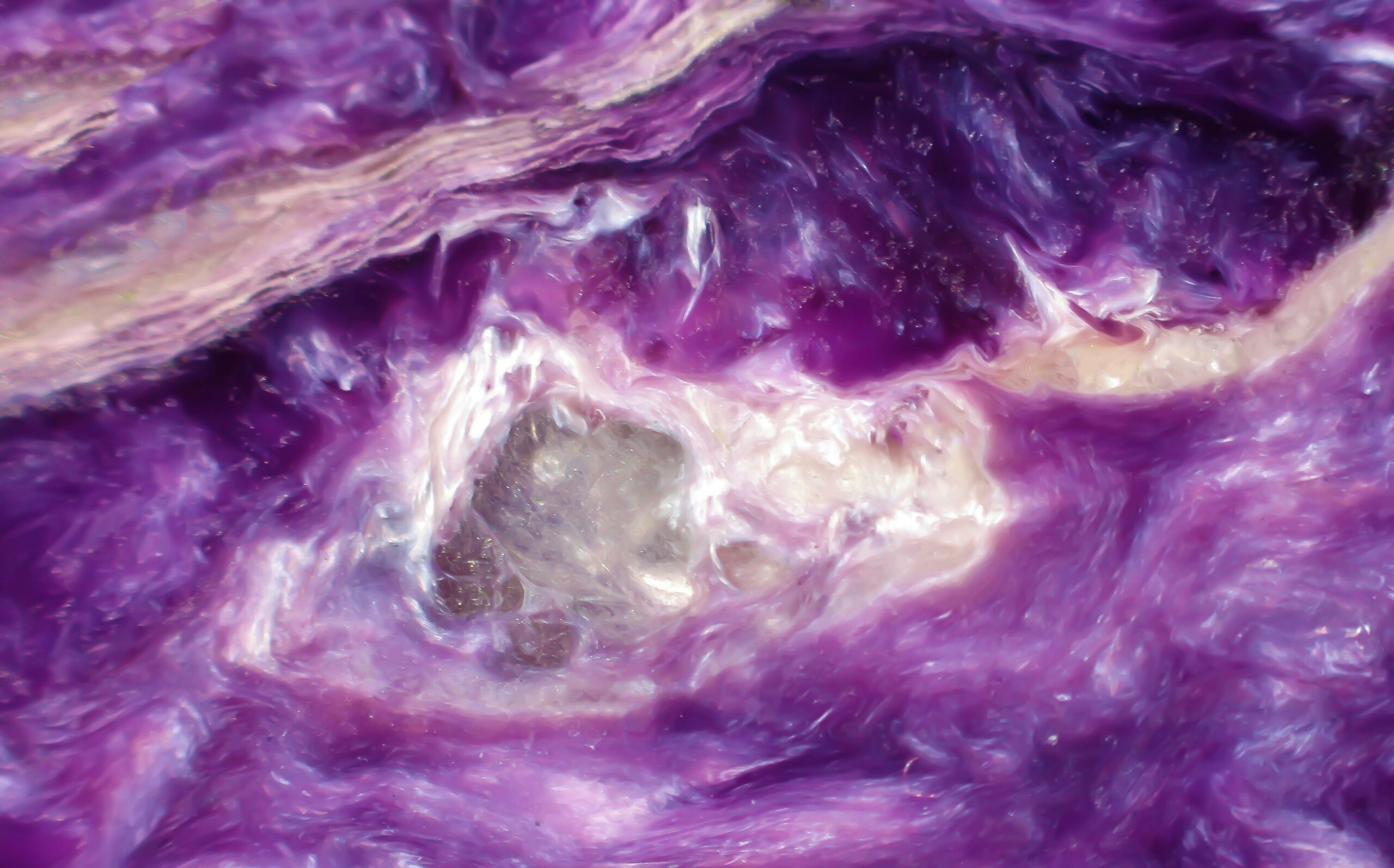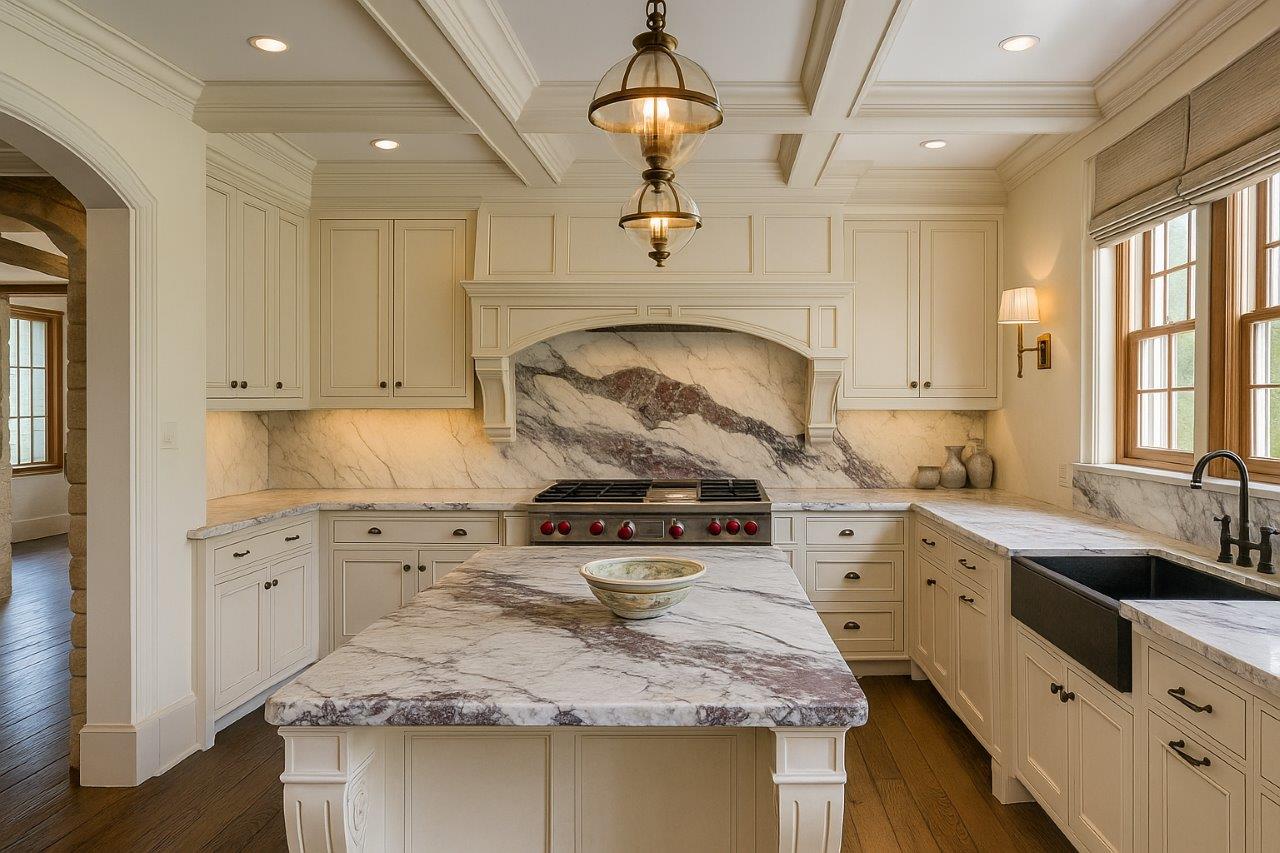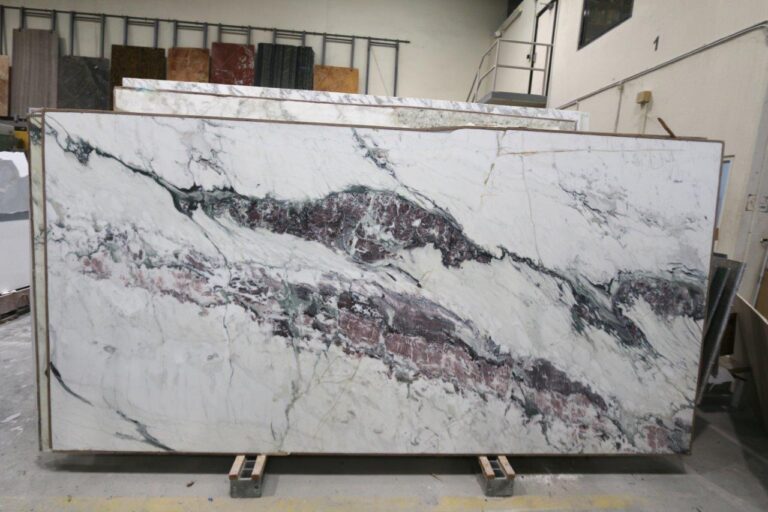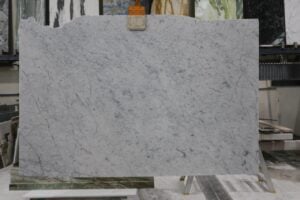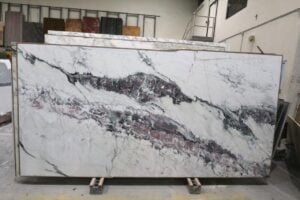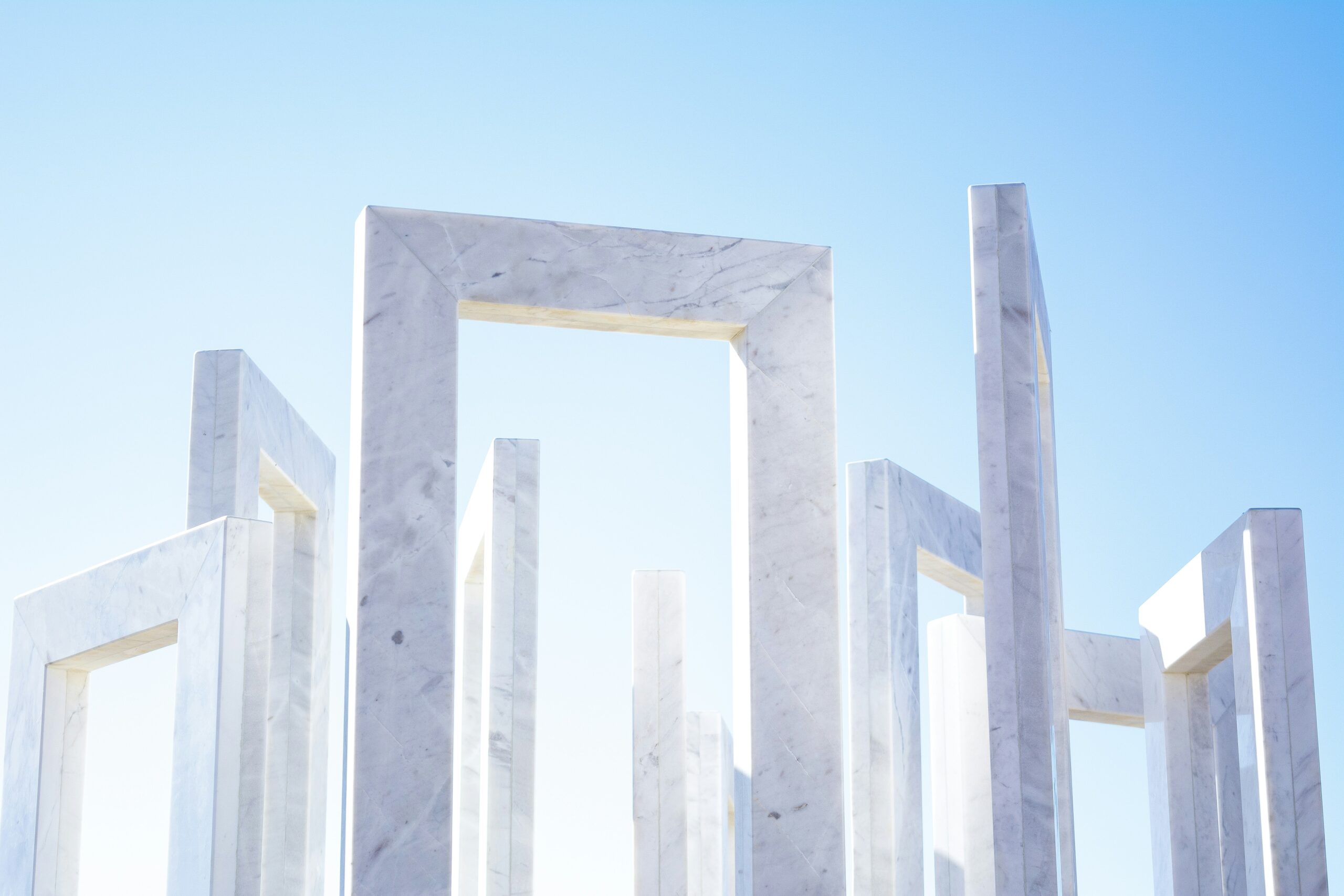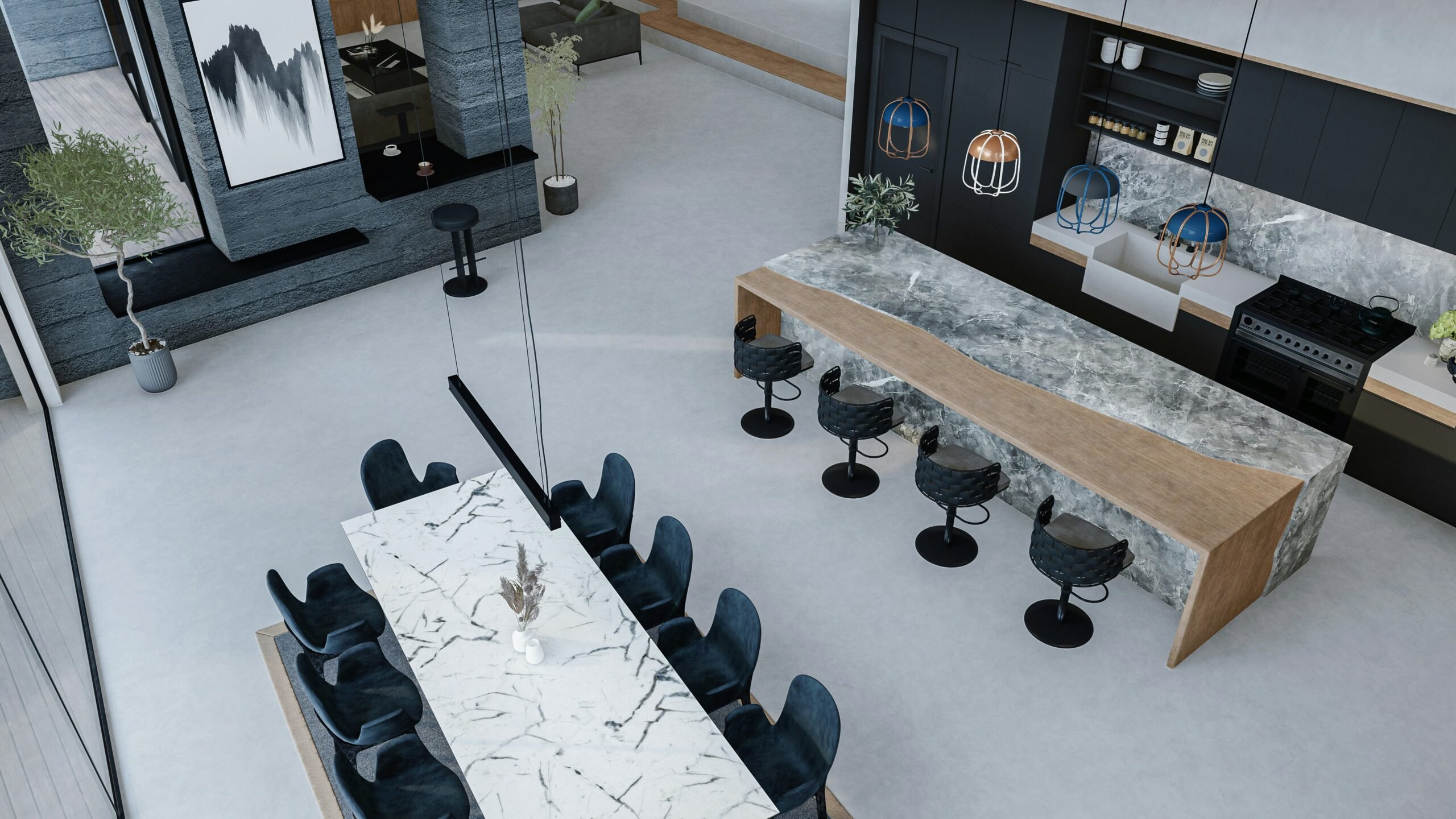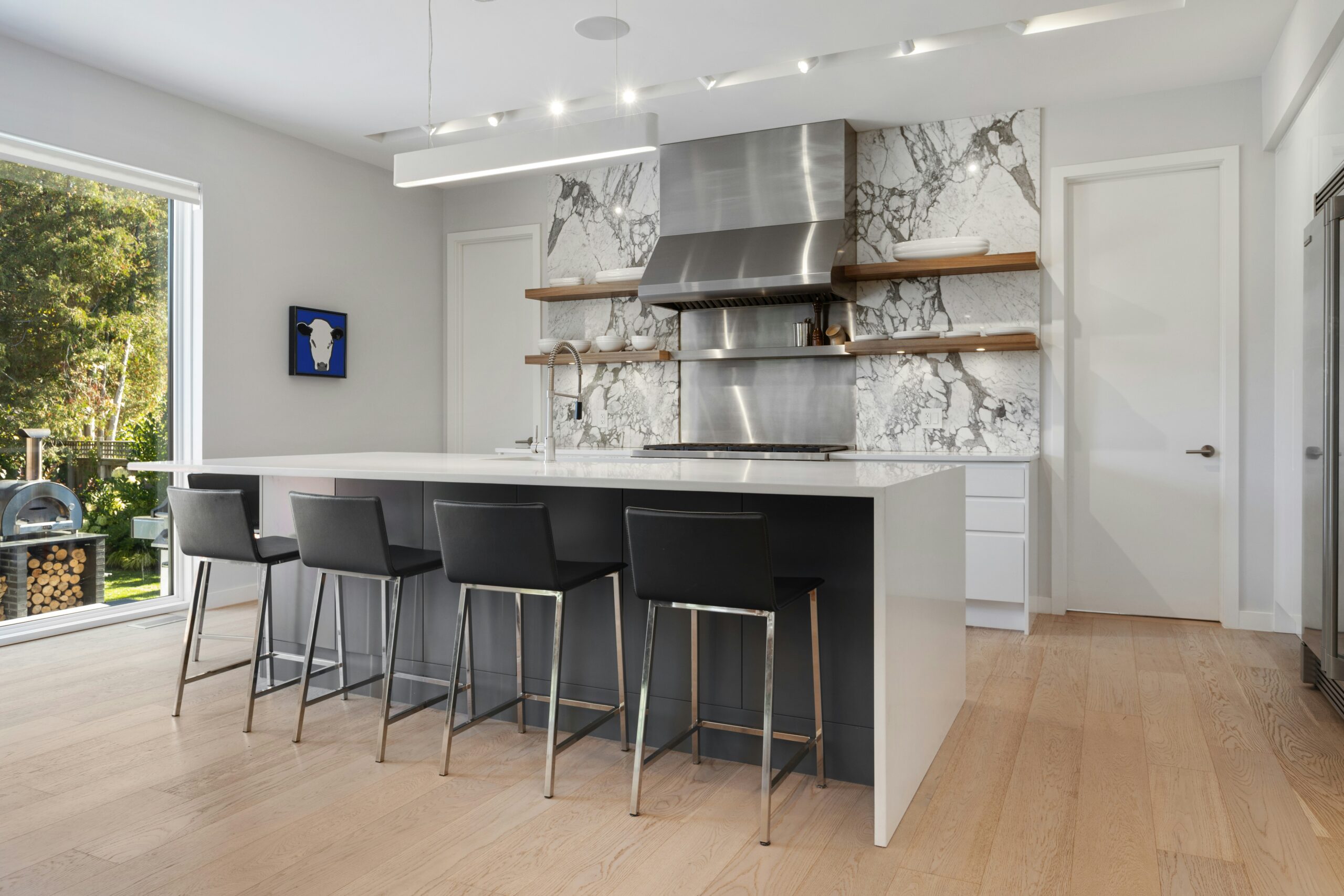Calacatta Viola marble isn’t just a surface—it’s a living investment that evolves and develops character with time. For Sydney homeowners who’ve chosen this exquisite Italian stone for their kitchens, bathrooms, feature walls, or custom installations, understanding how to properly care for it transforms ownership from stressful to deeply satisfying. This comprehensive care guide reveals the daily practices, preventative maintenance, and professional solutions that keep your Calacatta Viola marble pristine for decades.
Understanding Your Calacatta Viola Marble: Why Care Matters
Calacatta Viola marble is a metamorphic stone composed primarily of calcium carbonate, which gives it both its stunning appearance and its unique care requirements. Unlike engineered surfaces that resist everything, marble actually improves with attentive maintenance—developing a soft patina that deepens its character. The porous nature of the stone means it can absorb liquids, stains, and oils when left unprotected, but this same porosity allows it to breathe and maintain its natural beauty over generations.
Understanding marble’s composition helps explain why certain cleaning products work while others cause damage. The calcium carbonate structure is vulnerable to acidic substances, which chemically react with the stone’s surface in a process called etching. This isn’t permanent damage—it’s part of marble’s living quality—but preventing unnecessary etching preserves the pristine finish longer.
Daily Care Routines That Protect Your Investment
How Should You Clean Calacatta Viola on a Daily Basis?
Daily maintenance is the foundation of marble preservation. Establish a simple cleaning rhythm that becomes second nature:
- Blot spills immediately using a soft cloth or absorbent paper towel, never wiping or rubbing
- Use only pH-neutral cleaners specifically formulated for natural stone—never vinegar, lemon juice, or generic household products
- Wipe with a soft cloth or microfiber towel followed by a dry cloth to prevent water spots
- Place coasters under beverages to prevent water ring marks and moisture absorption
- Use trivets under hot items to protect against thermal shock and potential surface damage
- Avoid letting spills sit for extended periods—even water can leave marks if left unattended
A simple daily clean involves mixing mild dish soap with warm water and wiping the surface gently. This removes dust, debris, and fresh spills without introducing harsh chemicals that etch the stone.
What Cleaners Should You Never Use?
Certain products are marble’s enemies. Avoid:
- Acidic cleaners: Vinegar, lemon-based products, bleach, and bathroom tile cleaners etch marble’s surface
- Ammonia-based products: These can dull the marble and damage any existing sealer
- Abrasive scrubbers: Steel wool, scouring pads, and rough brushes scratch the stone permanently
- Oil-based soaps: These leave residue and can attract dirt
- Multi-purpose household cleaners: Most contain acids or silicones incompatible with natural stone
When in doubt, test any new product on an inconspicuous area first, or simply use warm water and mild soap.
Sealing: The Essential Protection Layer
Why Is Sealing Non-Negotiable for Calacatta Viola?
Sealing creates an invisible barrier that repels liquids and prevents stains from penetrating the porous marble structure. Without sealing, water, wine, oil, and acidic foods can become permanent residents within your stone. Think of sealing as the difference between a marble surface that weathers gracefully and one that accumulates damage.
Initial sealing occurs immediately after professional installation—this is crucial and non-negotiable. Your installer should apply a high-quality penetrating sealer that doesn’t create a glossy surface film but instead impregnates the stone itself.
How Often Should You Reseal?
- High-traffic kitchen countertops: Every 6–12 months
- Bathroom vanities: Every 6–12 months
- Feature walls: Every 12–24 months (lower exposure to liquids)
- Islands used for entertaining: Every 6–9 months
- Low-traffic decorative surfaces: Every 18–24 months
To determine if your marble needs resealing, perform the water droplet test: Place a few drops of water on the marble surface and wait. If water beads up and sits on top, your sealer is still effective. If the water absorbs into the stone, it’s time to reseal.
Addressing Stains: Professional Techniques You Can Use
How Do You Remove Common Household Stains?
Stains fall into categories, each requiring different removal strategies:
Organic Stains (Coffee, Tea, Wine, Juice):
- Blot immediately to remove excess liquid
- Mix baking soda with water to create a thick paste
- Apply the paste directly to the stain
- Cover with plastic wrap to keep the poultice moist
- Leave overnight (or 24 hours for stubborn stains)
- Scrape off the dried poultice with a plastic tool (never metal)
- Rinse thoroughly with warm water and dry completely
- Reseal the area after cleaning
Oil-Based Stains (Cooking Oil, Cosmetics, Grease):
- Blot immediately—never wipe oil into the stone
- Create a poultice using baking soda mixed with dish soap and water
- Apply thickly over the stain and cover with plastic wrap
- Leave overnight to draw the oil from the stone
- Remove and rinse the area thoroughly
- For stubborn oil stains, repeat the process or add a few drops of hydrogen peroxide to the poultice for extra lifting power
Water Spots and Mineral Deposits:
- Mix equal parts white vinegar and water (as a one-time exception to the “no acid” rule for spot treatment)
- Apply only to the affected area, never the entire surface
- Wipe immediately after—don’t let it sit
- Follow with marble polishing powder and water for restoration
Rust Stains:
- Consult a professional—rust stains are complex and may require specialized removal techniques
What About Etching Marks?
Etching appears as dull, matte areas where acidic substances have chemically altered the marble’s surface. These marks aren’t stains—they’re changes to the stone itself. The good news: etching is reversible with marble polishing powder.
Removing Minor Etch Marks:
- Ensure the area is clean and dry
- Cover the etch mark with marble polishing powder
- Mist water on the powder using a spray bottle
- Using a moist cloth, rub vigorously in circular motions for 20–60 seconds
- Repeat if necessary until the mark disappears
- Rinse thoroughly and dry
For extensive etching across large areas, professional honing and polishing is recommended—this removes the damaged surface layer and restores the marble’s original finish.
Preventative Maintenance: Building Long-Term Protection
What Habits Prevent Problems Before They Start?
- Clean up acidic spills within minutes: Wine, citrus, vinegar, and tomato sauce are marble’s primary enemies
- Dry surfaces after use: Bathroom counters and kitchen islands should be wiped dry after showers or cooking to prevent water marks
- Inspect grout lines monthly: Damaged grout can allow water to infiltrate behind the marble
- Avoid placing items directly on marble: Use decorative trays, mats, or stands as protective layers
- Use placemats and coasters universally: Even water rings become permanent without protective layers
- Limit heat exposure: Avoid placing very hot cookware directly on marble; use trivets always
- Monitor for colour changes: Significant darkening may indicate moisture issues beneath the surface
Professional Maintenance: When to Call the Experts
What Services Should Professional Stone Specialists Provide?
- Initial sealing after installation: Done incorrectly, this wastes product and provides inadequate protection
- Professional resealing: Applied more thoroughly than DIY methods, every 12-24 months for high-use surfaces
- Deep cleaning and restoration: Removes embedded dirt and prepares the surface for resealing
- Honing and polishing: Removes extensive etch marks and restores original shine
- Crack and chip repairs: Professional filling with colour-matched epoxy or marble dust
- Professional stain removal: Persistent stains require specialized products and techniques
Professional stone care specialists should handle:
The team at Euro Marble offers professional marble care and maintenance services throughout Sydney. Regular professional care—typically annual inspections with professional sealing—extends marble’s life dramatically and prevents minor issues from becoming expensive repairs.
Living with Marble: Embracing the Patina
One of marble’s unique qualities is that it’s a living material that develops character over time. Light scratches, gentle etching from occasional acidic contact, and subtle colour variations create a patina that many owners come to treasure. Rather than viewing these changes as damage, many marble enthusiasts celebrate them as evidence of a surface well-loved and actively used.
This perspective doesn’t mean neglecting care—it means understanding that perfect preservation of marble’s original state is neither possible nor necessarily desirable. The goal is to maintain structural integrity, prevent major staining, and protect the surface while allowing the stone to age gracefully.
Actionable Tips for Sydney Marble Owners
How Do You Establish a Sustainable Care Routine?
- Daily: Wipe spills immediately with soft cloth and mild soap solution
- Weekly: Deep clean with pH-neutral stone cleaner and dry thoroughly
- Monthly: Inspect for damage, check sealer effectiveness (water droplet test), inspect grout
- Quarterly: Professional deep clean (optional but beneficial for high-traffic areas)
- Every 6–12 months: Professional resealing and inspection
- Annually: Professional evaluation for repairs, etching, or deeper damage
Should You Worry About Thermal Shock?
Marble can experience thermal shock from extreme temperature changes—such as placing a freezing item followed immediately by a hot pot. To prevent damage:
- Always use trivets for hot cookware
- Allow marble to return to room temperature before exposing to extreme cold
- Avoid running very hot water on marble surfaces; use room-temperature water for cleaning
Can You Use Your Marble Normally?
Absolutely—that’s the point. Calacatta Viola is designed to be used, entertained upon, and lived with. The key is mindful use combined with regular care. You can serve food on marble islands, place beverages on marble counters (with coasters), and enjoy marble bathrooms normally. Simply develop habits that protect your investment: immediate spill cleanup, daily wiping, regular sealing, and professional maintenance.
Your Marble Deserves Proper Care—And So Do You
Calacatta Viola marble ownership is a commitment to beauty and mindfulness. The care requirements aren’t burdensome—they’re simply different from surfaces designed to withstand abuse without consequence. When you approach marble with respect and establish simple daily habits, you’ll find that caring for it becomes a satisfying ritual rather than a chore.
For professional guidance, sealing, and restoration services tailored to your specific Calacatta Viola installation, contact Euro Marble. Our Sydney-based specialists understand how to preserve your marble’s beauty for generations to come.
Frequently Asked Questions About Calacatta Viola Marble Care
Sealing significantly reduces staining risk but isn’t absolute. Quality sealers repel most liquids, but prolonged contact with acidic or oil-based substances can eventually penetrate. This is why immediate cleanup remains essential even on sealed marble.
Quality penetrating sealers typically last 6–12 months under normal use, with some premium products lasting 18 months. High-traffic kitchen surfaces may require more frequent resealing. The water droplet test determines when resealing is needed.
Minor surface scratches may be manageable with marble polishing powder, but deep gouges require professional filling and polishing. Attempting DIY repairs on significant damage often worsens the appearance.
Not at all. Marble works beautifully in busy households when expectations are set appropriately. Teaching family members about coasters, trivets, and immediate cleanup makes marble ownership stress-free. Many families with children successfully maintain marble surfaces.
Both require identical care routines. Polished marble has a glossy, reflective finish that shows fingerprints and water spots more visibly. Honed marble has a matte finish that’s more forgiving of marks but shows texture variations more readily.
Sydney’s humidity doesn’t require more frequent sealing than standard recommendations (6–12 months), but ensure bathroom marble is properly ventilated to prevent moisture buildup behind the stone.

